Introduction
Overview of Limasawa
Limasawa is a small, historically significant island in Southern Leyte, Philippines. It is renowned for being the site of the first Catholic Mass in the Philippines, celebrated by Ferdinand Magellan in 1521, which marked the beginning of the country’s Christian era.
These are the essential tools for everyone interested in photography or videography:
- Best Camera: Sony a7 III ILCE7M3 (Best Deal)
- Best Action camera: AKASO EK7000 4K30FPS 20MP WiFi Action Camera (Best Deal)
- Best Drone: DJI Mini 4K (Best Deal)
Significance of Limasawa in History
Limasawa’s importance stems from the first Mass that took place there, a pivotal moment in Philippine and global history. This event set the stage for the spread of Christianity in the Philippines, a central aspect of Filipino culture today.
Purpose of the Article
This article aims to provide a comprehensive guide to Limasawa, exploring its historical significance, cultural richness, and the myriad of activities it offers to travelers. Whether you’re a history buff, a culture enthusiast, or an adventurous traveler, Limasawa has something to offer. This guide will help you plan your visit, understand the island’s historical context, and make the most of your trip to this extraordinary destination.
Historical Context
Pre-Colonial Period
Before European contact, Limasawa was home to indigenous communities with their own governance, trade, and cultural practices. The island was a strategic stop for early traders and seafarers.
The Arrival of Magellan
On March 28, 1521, Ferdinand Magellan’s expedition arrived on Limasawa, leading to the first Catholic Mass in the Philippines on March 31, 1521. This event was crucial for the spread of Christianity and integration into global trade routes.
Post-Magellan Era
After Magellan’s death, Limasawa continued to be a significant site for Spanish colonization efforts and has since preserved its historical legacy through monuments and commemorations.
Geographical Information
Location and Accessibility
Limasawa is situated at the southern tip of Leyte in the Eastern Visayas region. It is accessible by boat from nearby mainland ports, with transportation options including walking, bicycles, and local tricycles.
Climate and Best Time to Visit
The island experiences a tropical climate with a dry season from November to May and a wet season from June to October. The dry season is ideal for visiting.
Natural Features and Landmarks
Limasawa features beautiful beaches, clear waters for snorkeling and diving, scenic hiking trails, and landmarks such as the Magellan Shrine, the Limasawa Island Lighthouse, and Dakdak Beach.
Cultural Insights
Local Customs and Traditions
The Limasawanos maintain a rich cultural heritage with traditional fishing, farming, and community festivals. The Sinugdan Festival celebrates the first Mass and Magellan’s arrival.
Indigenous Communities
The island’s indigenous communities uphold their ancestral traditions, which include traditional fishing techniques and artisanal crafts.
Must-Visit Attractions
- Magellan Shrine: A historical monument and chapel commemorating the first Catholic Mass.
- Limasawa Island Lighthouse: offers panoramic views of the island and sea.
- Dakdak Beach: is known for its white sand, clear waters, and marine life.
- Triana Village: is the main settlement where visitors can explore local life and markets.
- First Mass Shrine: The exact location of the first Catholic Mass in the Philippines.
Activities and Experiences
Historical Tours
- Guided tours of historical sites provide insights into Limasawa’s significance in Philippine history.
Snorkeling and Diving
- The island’s waters are ideal for exploring coral reefs and marine life.
Hiking and Nature Trails
- Limasawa offers scenic trails and viewpoints for nature lovers.
Island Hopping
- Visitors can explore nearby islands and islets, enjoying the region’s maritime culture and natural beauty.
Travel Tips
Accommodation Options
- Various accommodations are available, from budget guesthouses to more comfortable resorts. Booking in advance is recommended.
Transportation Guide
- Options for getting around include walking, bicycles, motorbikes, and tricycles. Boat rentals are available for island hopping.
Packing Essentials
- Bring lightweight clothing, swimwear, snorkeling gear, and essentials like sunscreen and insect repellent.
Safety and Health Precautions
- Limasawa is generally safe, but travelers should take common precautions and bring necessary medications. Local health services are basic, with more advanced care available on the mainland.
Budget Planning
Prices range from about $10 for budget options to $50 for more comfortable stays.
Meals are affordable, with local eateries offering seafood and traditional dishes.
Many activities are free or low-cost, but tours and rentals can cost between $20 to $50.
Traveling in the off-peak season, staying in budget accommodations, and sharing costs for activities can help manage expenses.
Local Cuisine
Traditional Dishes
- Limasawa’s cuisine features seafood dishes like kinilaw (ceviche) and grilled fish.
Must-Try Seafood
- Fresh seafood, including squid and shrimp, is a highlight of the local cuisine.
Local Markets and Eateries
- Markets offer fresh produce and local snacks, while family-run eateries provide home-cooked meals.
Personal Stories or Case Studies
Traveler Testimonials
Visitors often praise Limasawa for its historical significance, natural beauty, and the warmth of the local community.
Impact on Local Communities
Tourism provides economic benefits and fosters cultural exchange. Responsible tourism practices support the local economy and preserve heritage.
Expert Insights
Quotes from Historians
Historians highlight Limasawa’s role in Philippine history as a symbol of the country’s cultural heritage.
Advice from Travel Experts
Travel experts recommend Limasawa for its historical, cultural, and natural attractions, encouraging travelers to explore its rich past and beautiful landscapes.
Conclusion
Summary of Key Points
Limasawa offers a blend of historical significance, cultural richness, and natural beauty. Visitors can explore key landmarks, engage in local traditions, and enjoy outdoor activities.
Encouragement to Visit
A trip to Limasawa provides a unique opportunity to experience Philippine history and culture in a beautiful setting.
This guide emphasizes that Limasawa is a destination where history, culture, and natural beauty converge, offering enriching experiences for all types of travelers.
Share this post: on Twitter on Facebook
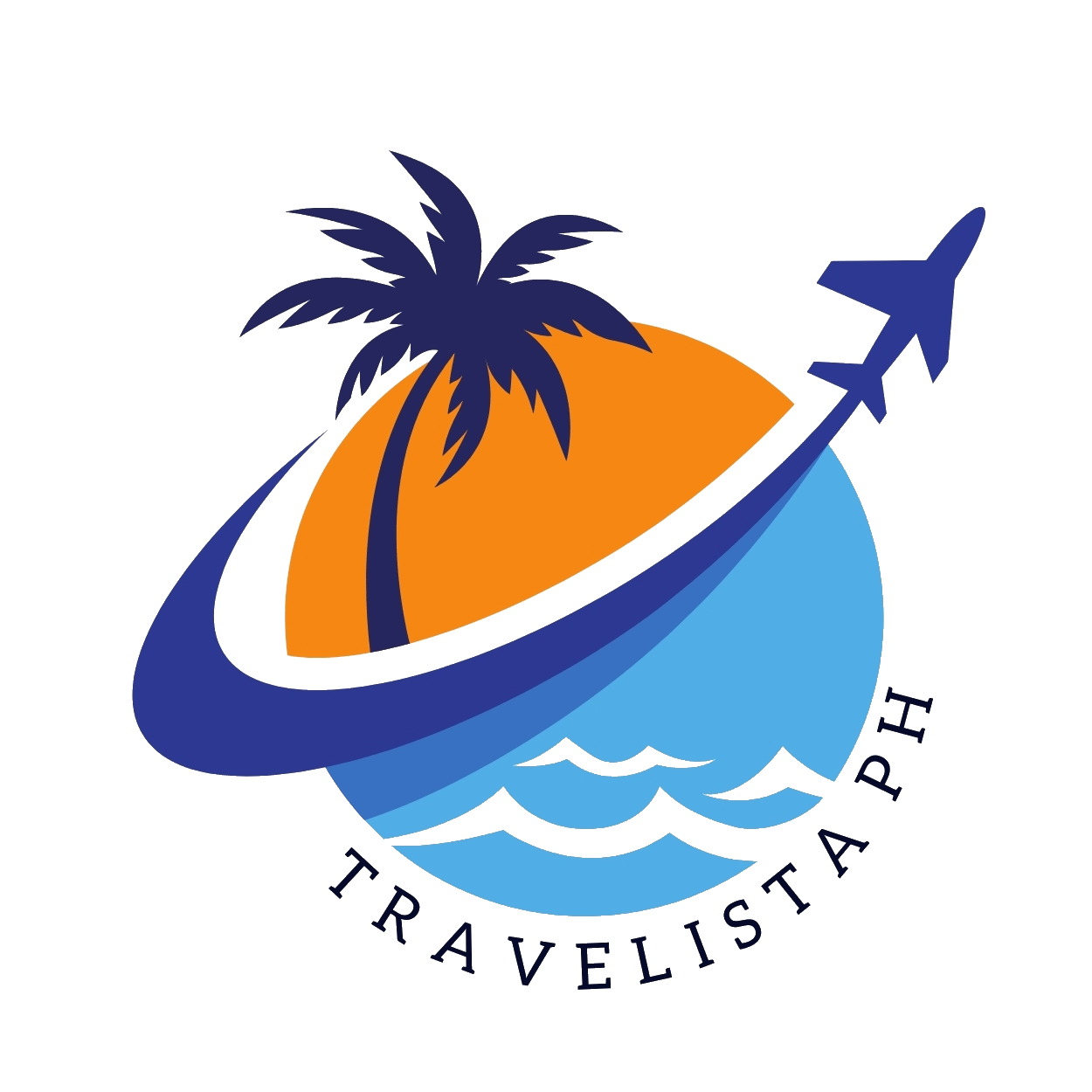
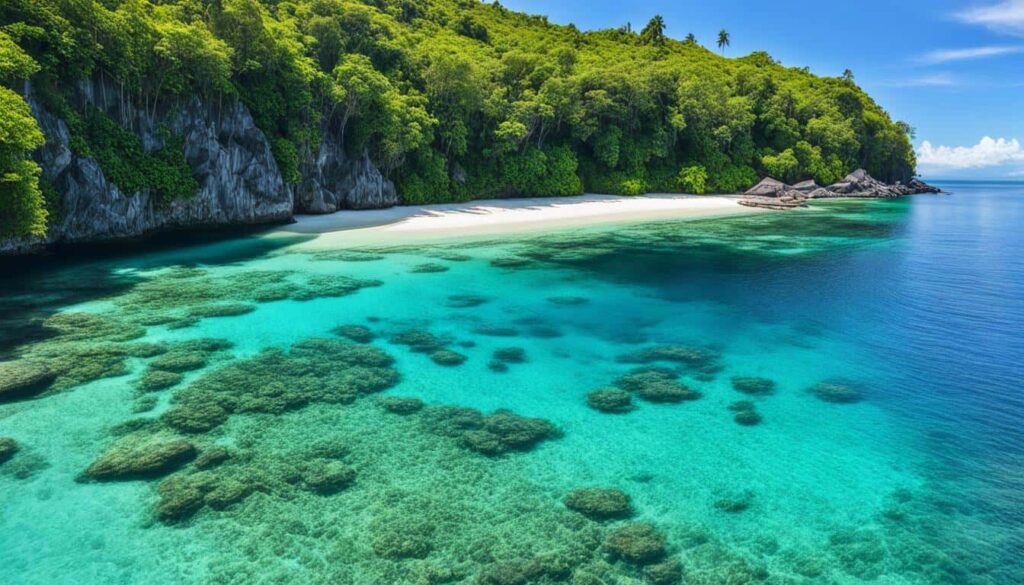
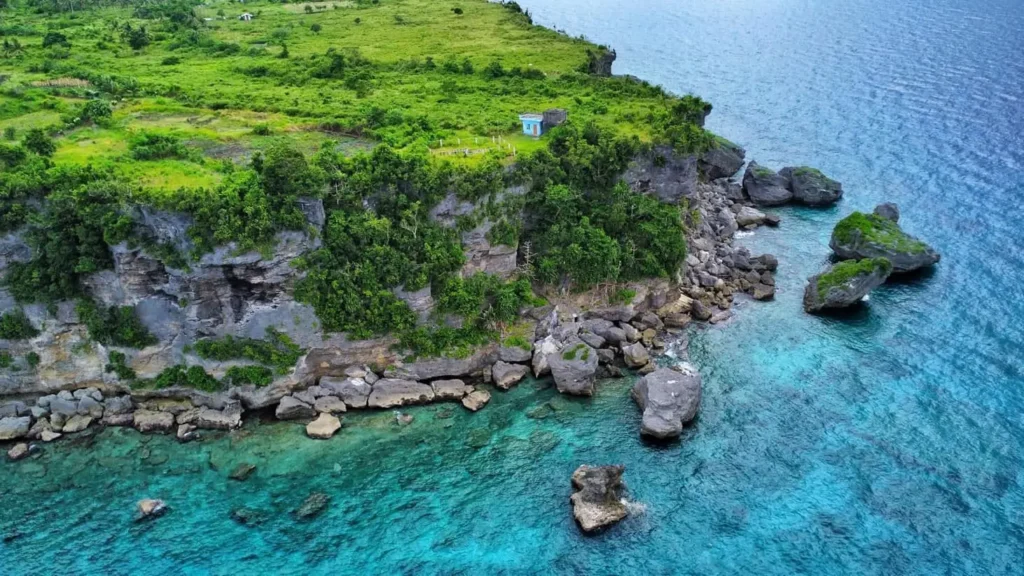
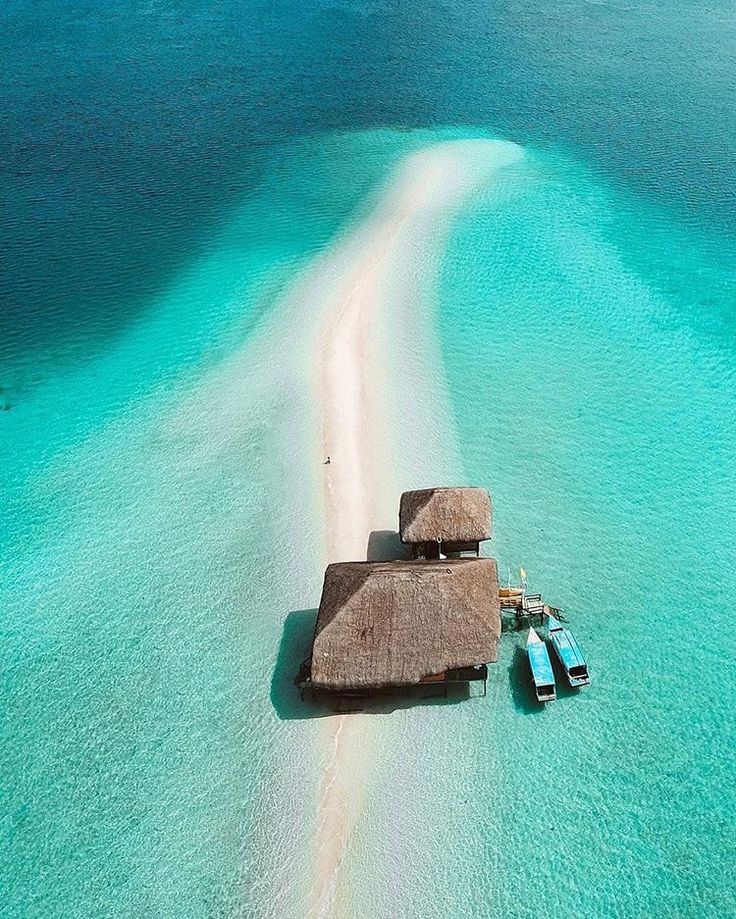
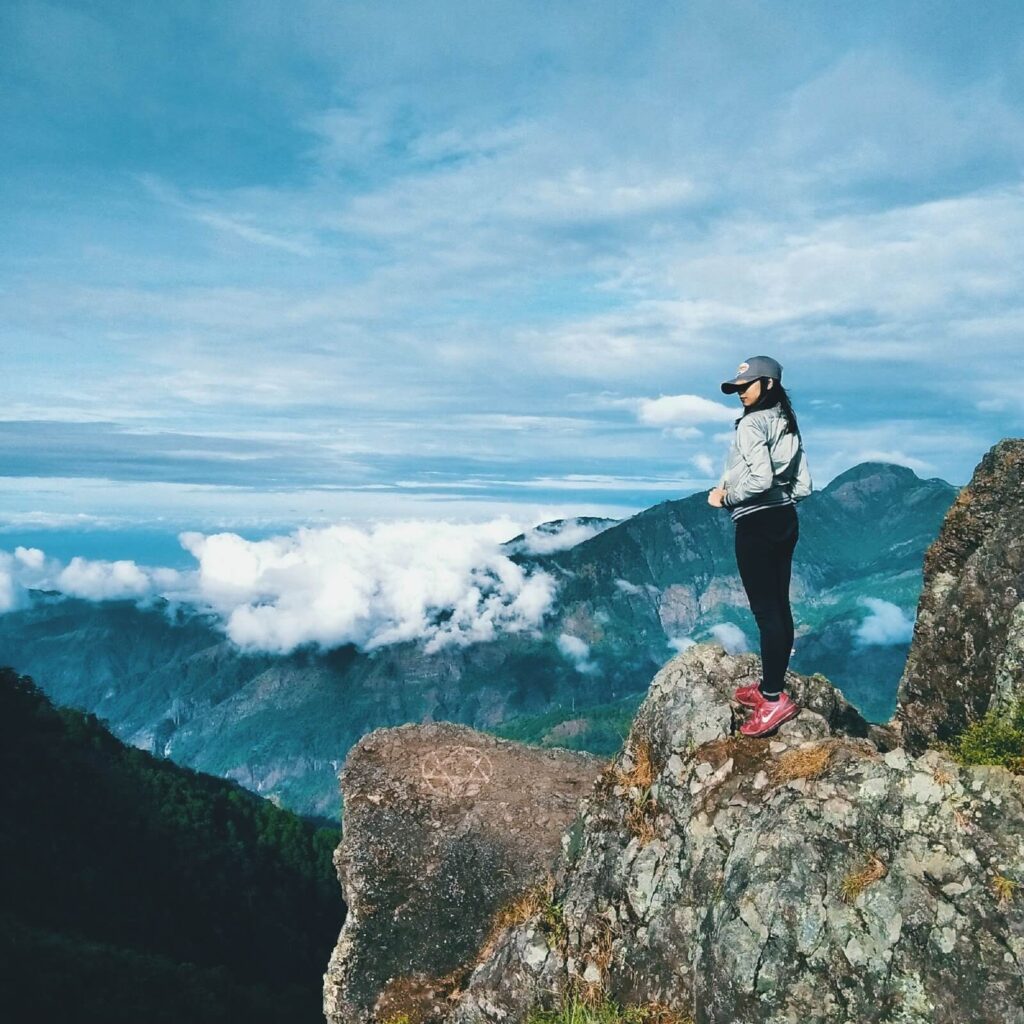
Good day very nice website!! Man .. Beautiful .. Amazing .. I’ll bookmark your web site and take the feeds also?KI’m happy to seek out a lot of useful information here in the put up, we’d like work out more techniques in this regard, thank you for sharing. . . . . .